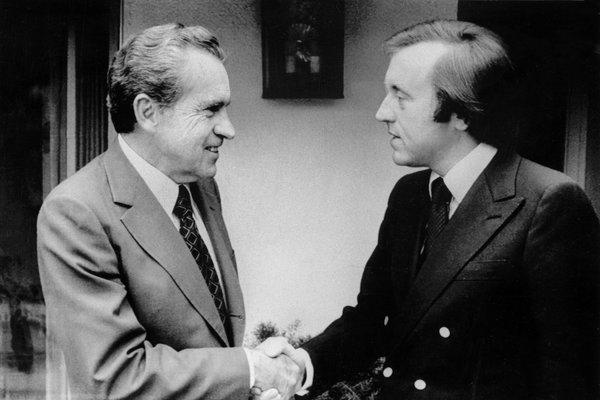The 45-minute research interview

Interviews make your reports and book chapters come alive; the more you can get, the better. To get them, you’re typically asking busy people to give you a little of their time on the phone or by video. How much time?
45 minutes.
That’s my magic number, and I’ll explain why.
The setup and the request
I’ve already described how to make contact and ask for the interview. Once you’re emailing with the interview subject — or their admin or PR handler — and negotiating the time, what do you ask for?
I ask for 35 to 40 minutes. It’s hard to get a full hour on a busy person’s schedule, but this request signals that you need more than a quick half hour. Nine times out of ten, if I get the interview at all, they agree to this amount.
Once you negotiate the time, send a meeting invite for 45 minutes, starting on the hour or half-hour. I send a Zoom invitation, which makes it easy for people to call in or connect on video.
Why 45 minutes?
Going into the interview, you don’t know if this is going to be a fascinating story that’s perfectly relevant for your report or book chapter, or a boring fizzle that nobody will want to read about.
If it’s a fizzle, 45 minutes gives you cover. You can end the interview after 25-30 minutes and nobody will lose face. If you had asked for an hour, ending that soon would seem insulting, but padding it out to fill the time is wasteful and tedious for everyone.
But if the interview is fascinating, 45 minutes gives you time to dig. You can get into the interesting questions of why your subject did what she did and what obstacles got in her way. You’ll have time to pursue unexpected and intriguing topics that came up in the interview. And if it’s going great and you run long, you can probably keep going — your subject probably hasn’t booked anything in the 15-minute slot that follows your invitation.
A 45-minute slot also gives you a buffer in case of problems. If the interview subject is running a bit late, or there are technical challenges with the connection, you can lose five or ten minutes and still have a substantive conversation. A 30-minute interview with ten minutes gone would be rushed, and you’d probably be unable to get to everything you want to ask about.
Use that time wisely
You have 45 minutes. Don’t waste them.
Don’t start with the stuff you should know already. You should prepare ahead of time by researching your subject’s career and accomplishments, so you can start with a clear understanding of what they’ve already done. Always check LinkedIn for a career history. Instead of going over what you both know, start with a personal warmup — you’re grateful for the time, you’ve been impressed with what your subject is doing, you’re curious how it came to pass.
Once you get people talking, you’ll hear interesting things. Don’t ask what happened, ask how it happened, why it happened, whether it was a fluke or part of a plan, and how the organization measured the success.
Don’t be afraid to press for details or interrupt if the interviewee is going off in an unproductive direction.
Often, the most interesting things come up at about the 30-minute mark, after the interview subject becomes comfortable with you, starts to expand on his points, and reveals some fact that nobody knew before. If your interview was set for 30 minutes, that will create nothing but stress. But with a 45-minute time slot, you’ll have the time to dig into the interesting parts.